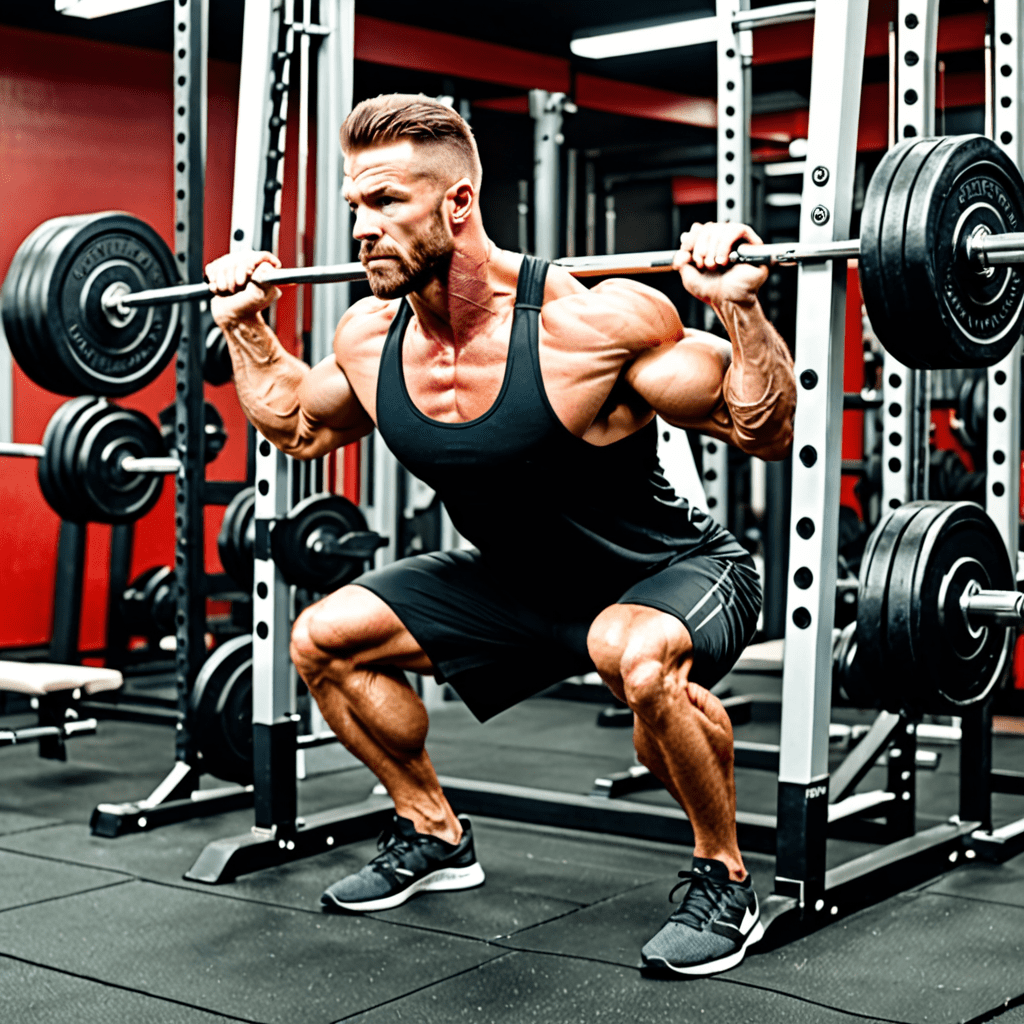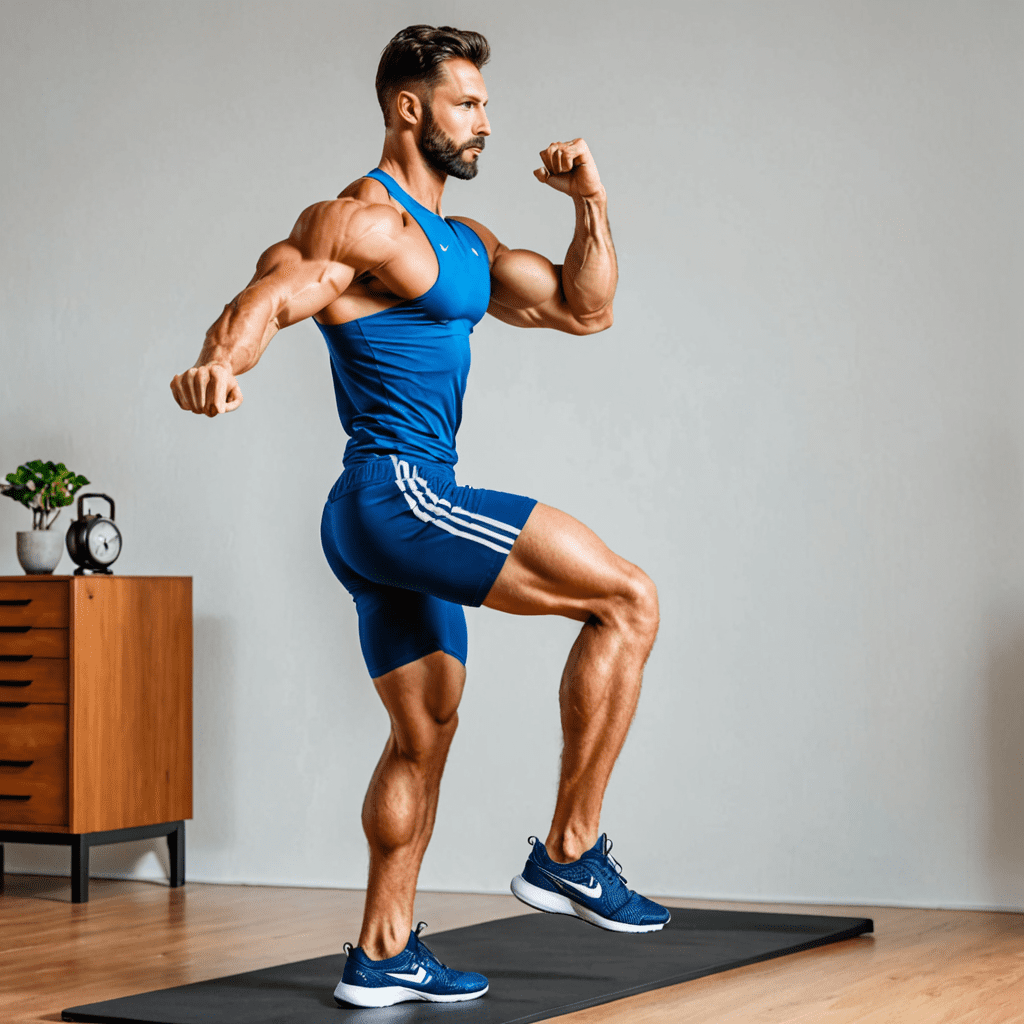
Mastering the Smith Machine Squat: Your Essential Guide for Perfect Form
Introduction
Are you looking to improve your squat form and maximize your gains using the smith machine? In this comprehensive guide, we will walk you through the proper technique and execution of the smith machine squat. Whether you are a beginner or experienced lifter, mastering this exercise will help you build lower body strength and improve overall fitness.
Benefits of the Smith Machine Squat
The smith machine squat offers a variety of benefits, making it a popular choice for many lifters. Some of the key advantages include:
- Improved stability and safety compared to free weight squats
- Targeted muscle activation in the lower body
- Ability to vary foot placement for specific muscle emphasis
- Enhanced range of motion and flexibility development
Proper Technique
To perform the smith machine squat with optimal form, follow these steps:
- Position your feet shoulder-width apart, with your toes pointing slightly outward.
- Step under the bar and rest it comfortably on your upper back, ensuring a secure grip.
- Engage your core and maintain an upright posture throughout the entire movement.
- Initiate the squat by bending your knees and hips simultaneously, keeping your chest lifted.
- Lower your body until your thighs are parallel to the ground, or slightly below if your flexibility allows.
- Push through your heels to stand back up, extending your knees and hips to complete the rep.
- Repeat for your desired number of repetitions.
Tips for Proper Execution
Follow these tips to ensure you are executing the smith machine squat correctly:
- Start with lighter weights to focus on perfecting your form before gradually increasing the load.
- Maintain control throughout the entire movement, avoiding any jerking or bouncing.
- Breathe consistently, inhaling before the descent and exhaling during the ascent.
- Focus on pushing through your heels rather than relying on your toes.
Common Mistakes to Avoid
Here are some common mistakes that people make when performing the smith machine squat:
- Leaning too far forward, which places excessive strain on your lower back and reduces activation of the intended muscles.
- Allowing your knees to track too far inward, which can lead to knee pain and discomfort.
- Raising your heels off the ground, which shifts the emphasis away from your glutes and hamstrings.
- Performing the movement too quickly, sacrificing control and stability.
FAQ
1. Can anyone perform the smith machine squat?
Yes, the smith machine squat can be performed by individuals of different fitness levels. However, it’s always important to start with lighter weights and gradually progress as you build strength and confidence.
2. How does the smith machine squat differ from a regular squat?
The main difference between the smith machine squat and a regular squat is the fixed bar path provided by the smith machine. This offers greater stability but limits the natural movement patterns involved in a free-weight squat.
3. Is the smith machine squat safer than free-weight squats?
The smith machine squat can be considered safer in terms of stability and reduced risk of dropping the weight. However, it is important to maintain proper form and avoid excessive loading to prevent injury.
4. How many sets and repetitions should I perform?
The number of sets and repetitions can vary depending on your fitness goals and program. Generally, aim for 3-4 sets of 8-12 repetitions to promote strength and muscle growth.
5. Can the smith machine squat help increase my vertical jump?
While the smith machine squat can contribute to lower body strength, it should be complemented with specific exercises targeting vertical jump performance for optimal results.
6. Should I use additional equipment, such as a weightlifting belt or knee sleeves?
The use of additional equipment is a personal choice. Weightlifting belts and knee sleeves can provide added support and stability, but it’s essential to develop strength without relying solely on these aids.


